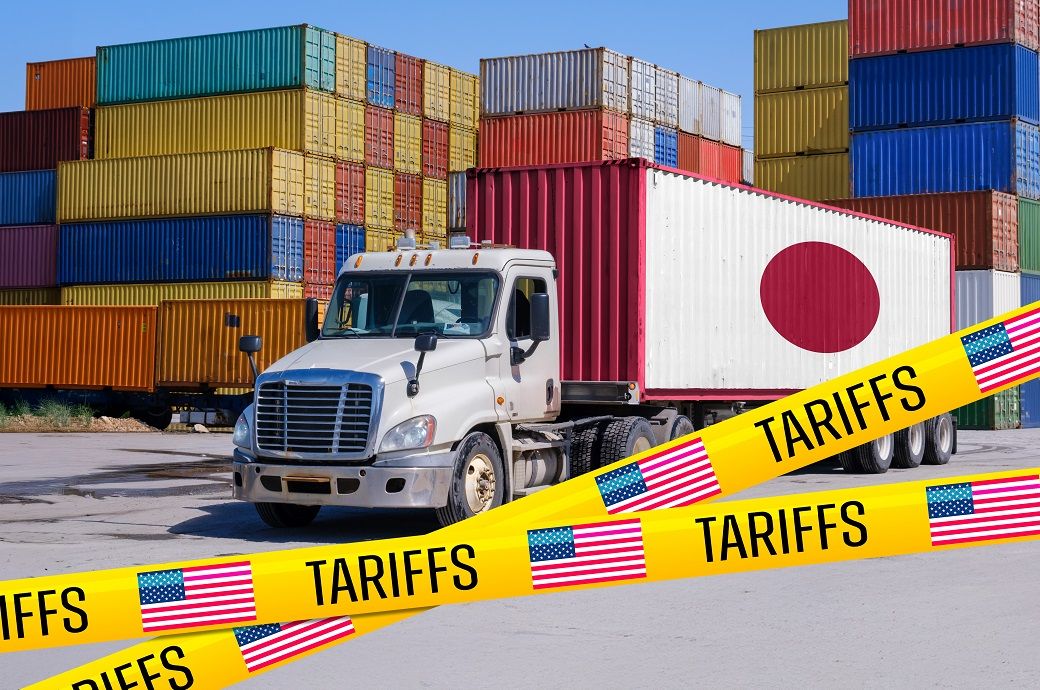Drewry: Global container volumes to drop 1% on Trump tariffs
Global container traffic is forecast to fall 1% in 2025 due to U.S. tariffs and trade policies, analyst Drewry says, only the third decline in its forecast history. The post Drewry: Global container volumes to drop 1% on Trump tariffs appeared first on FreightWaves.

President Donald Trump’s tariff war is expected to cut global container volume by 1% in 2025, Drewry said, only the third such forecast in its history.
That would amount to approximately 1.8 million twenty-foot equivalent units based on worldwide container traffic of 183.2 million TEUs in 2024, and approximately 10% of the more than 10 million-TEU increase in global traffic from 2023.
Volume fell 8.4% during the financial crisis of 2009 and 0.9% during the COVID pandemic of 2020, said Drewry, which began tracking container data in 1979.
Drewry in a slide presentation said contracting demand by shippers will increase capacity in the market, likely putting downward pressure on rates and leading to “much more” scrapping of tonnage and idling of ships as carriers rebalance supply and demand.
While there is a 90-day pause on most tariffs, Trump this week said the U.S. levies on China are likely to be reduced. Drewry said that if two-thirds of the current tariffs stay in place, imports from China could decline by 40%.
The analyst also warned that more frontloading by importers during the tariff pause could put container shipping in an operational bind by July due to port congestion, disruptions from canceled sailings, and a shortage of empty containers last seen during COVID.
The tariff battle between the United States and China has amounted to a goods embargo between the trading partners, with follow-on effects that are already whipsawing through the supply chain.
For the week ending April 14, global container booking volumes slipped 1.57% week over week and 9.94% year over year, according to Vizion. U.S. import bookings declined 12.15% w/w and 22.37% y/y, while China-to-U.S. bookings dropped 22.15% w/w and 44% y/y.
In published reports, liner operator Hapag-Lloyd (HLAG.DE) said it had seen trans-Pacific bookings drop by 30%, while Evergreen Marine (2603.TW) noted trans-Pacific capacity has tumbled by 30%-40% on China export-import volumes that have declined 60%-70%.
Since nothing in the supply chain happens in a vacuum, while the China-U.S. business dries up, shippers are shifting sourcing, and ocean carriers have been quick to blank sailings, reconfigure rotations and redeploy capacity to more profitable lanes, such as Asia-Europe.
The result, some observers say, is that even if Beijing and Washington agreed to a tariff ceasefire by, say, the end of May, and Chinese factories ramped back up, it would likely take 30 days until economic activity returned to the Port of Los Angeles, the busiest U.S. import hub; 45 days for the Midwest and Houston; and 50 days for the Port of New York-New Jersey. Recovery in ocean shipping almost always takes longer than disruptions; it took several weeks to months for ports in Canada and the U.S. to recover from intermittent labor work stoppages in 2024.
It’s also unclear if logistics providers such as warehouse and trucking will be similarly prepared to resume operations. To that end, anecdotal information has at least one major East Coast port scrambling for any type of export cargo, to keep longshore labor and trucks busy.
“Anytime you are handling cargoes outside of the normal commodities, that increases risk,” said Andrew Kinsey, director of marine consulting for Integrated Specialty Coverages. “A key factor is the secondary infrastructure to support the demands of the new cargo. For refrigerated cargoes, do you have sufficient plugs to maintain temperature? For heavy-lift and project cargoes, do you have sufficient storage, and can the aprons and access roads support the weights?
“There is always the question of longshore labor as well – are we looking to secure out-of-gauge cargoes on flat racks, and are they up to the task at hand?”
Kinsey said it’s not just container shipping that is being impacted by market uncertainties.
“Project cargo investment also appears to be pulling back in the short term given the questions surrounding what will be subject to tariffs, as well as market conditions and interest rates,” he said. “We are waiting on several final investment decisions for infrastructure projects that have been delayed.”
Find more articles by Stuart Chirls here.
Related coverage:
Chief negotiator on union longshore pact to lead USMX
Trans-Pacific container rates stable as trade war rages
Shares of largest US-flag container carrier plunge under Trump tariffs
Trans-Pacific blank sailings soar as ocean shipments plunge
The post Drewry: Global container volumes to drop 1% on Trump tariffs appeared first on FreightWaves.




































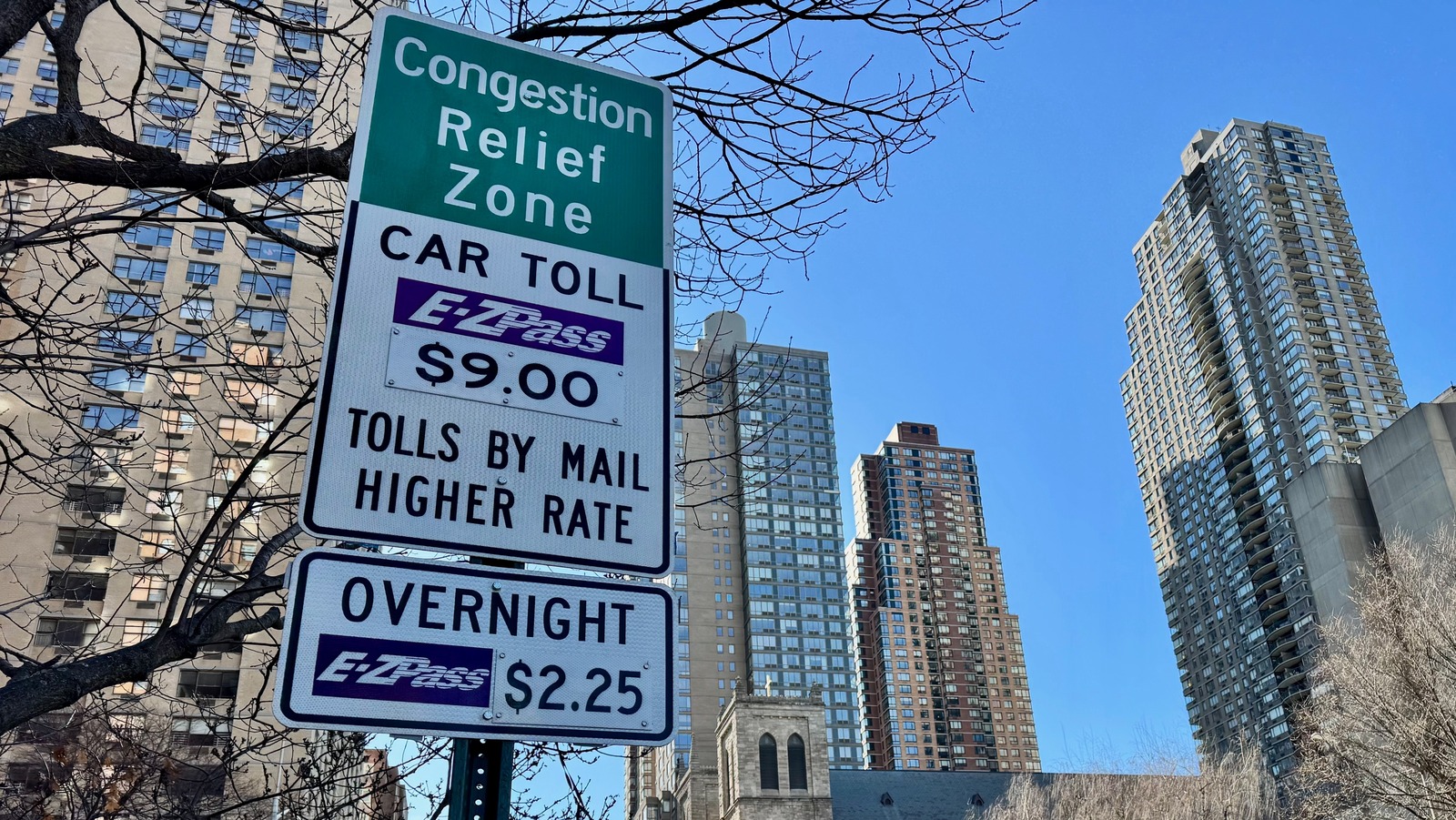




























































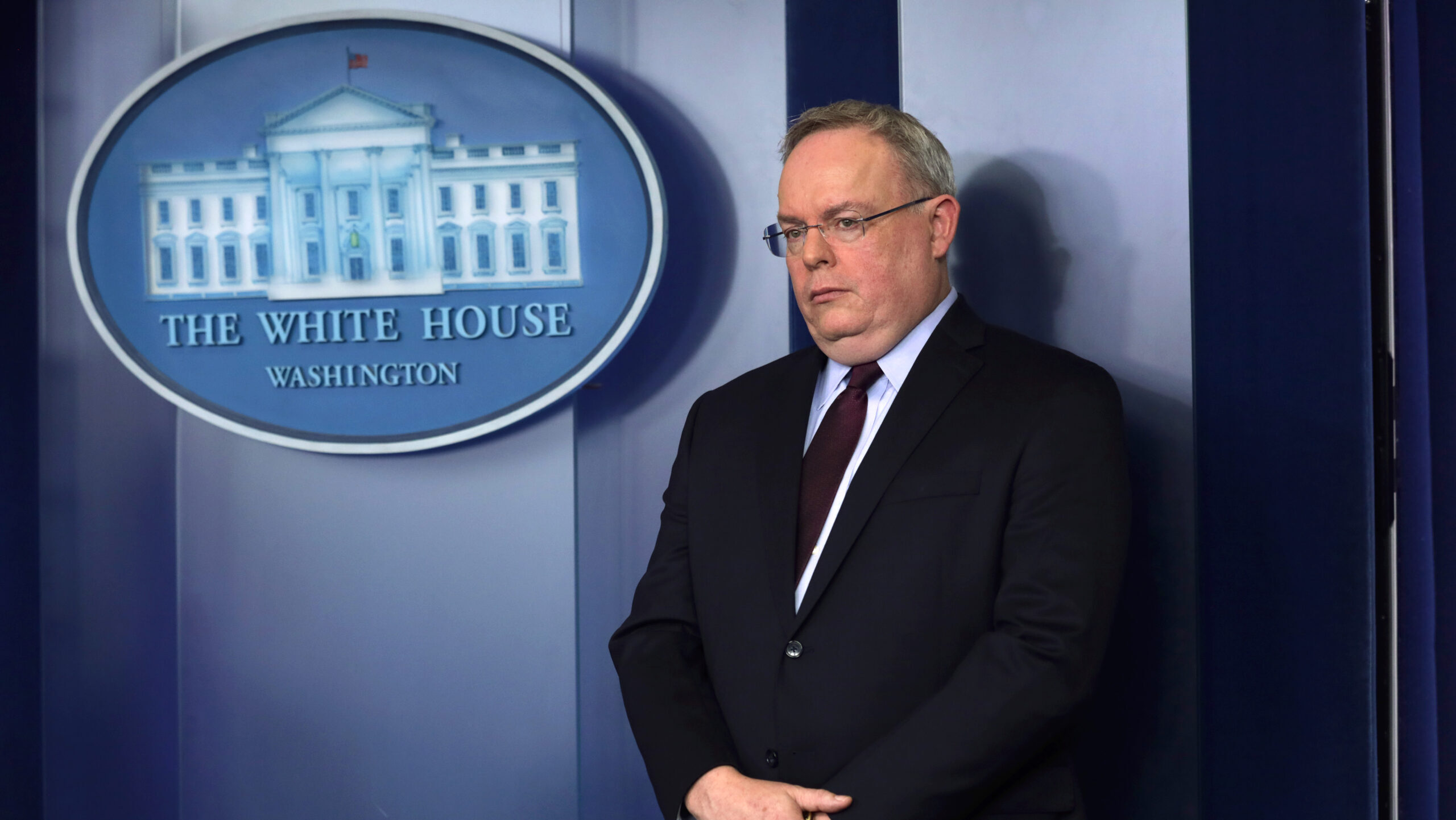


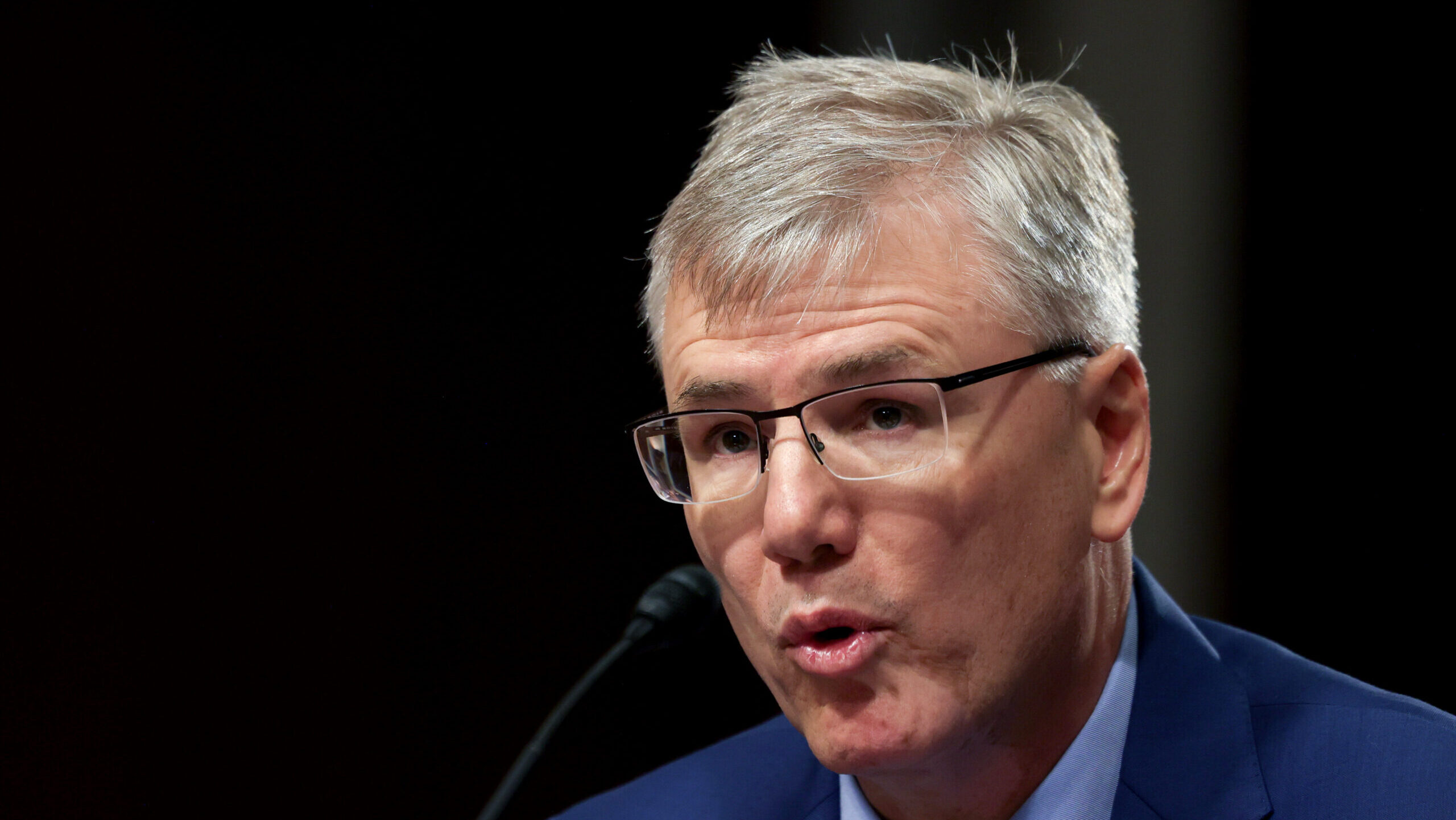




































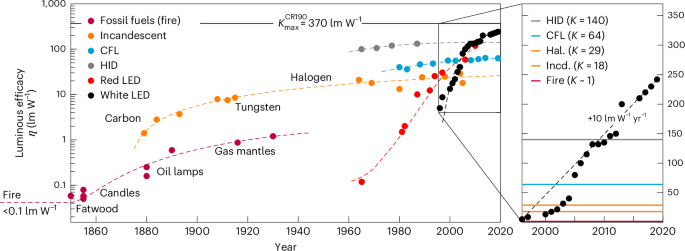












.jpg)











